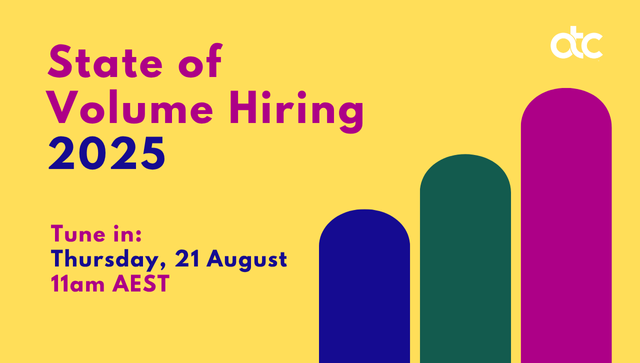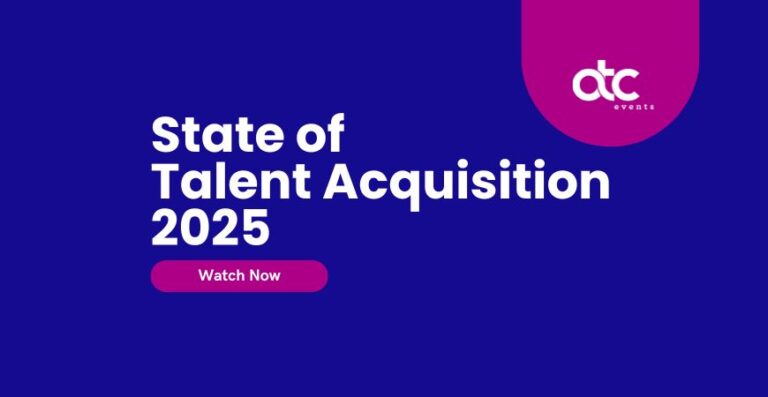Skills-based recruitment has become increasingly popular in the last few years, and for a good reason. We are looking at a range of sizeable benefits that happen to be especially relevant in the world of the gig-economy upsurge and talent scarcity.
After we finally admitted that the past does not necessarily define the future, and that lie detectors and psychological testing can predict one’s success only slightly better than astrology and fortune telling, many companies came to realise that when done right, skills-based recruitment is quite cost-effective.
And indeed, what is there not to love?
First and foremost, skills-based recruitment focuses on actual performance. We are finally moving towards recognising that job titles, college degrees and years of experience do not predict success. One can have all the right accolades and still perform exceptionally poorly for years. We all know a person or two that match this description.
Expanding a talent pool is always a great thing, so with the reduction of unconscious bias, we open doors to underrepresented groups who might lack traditional qualifications but have strong skills.
Finally, skills-based recruitment provides objective metrics for comparison and decision-making, and as jobs evolve, skills-based hiring adapts faster than degree-based systems.
With all that said – skills-based recruitment is not a novelty. In the good old classical waterfall performance management system, for a company to be successful and actually achieve its goals, the mission of the company should gracefully cascade into objectives on every organisational level, to end up in well-developed job descriptions that define KSA – knowledge, skills and abilities that people need to get their job done. But does it happen IRL?
Can We Do It? – Yes, We Can! EPAM’s 30-Year Focus on Skills
We’ve been doing skills-based hiring at EPAM since 1993 – long before it became trendy. While no approach suits every role perfectly, we’ve found it works really well for technical hiring in a global company like ours.
It all began with creating what we now call our skills taxonomy framework. We tracked everything – who we hired, how they performed, who moved up, who learned new skills. Today, that system has evolved to track more than 15,000 skills across our workforce.
Our approach has always been practical. We work with engineers, data scientists and consultants to solve real business problems for clients – so from the start, how we defined jobs and skills needed to reflect actual work.
We learned early that fixed job descriptions don’t work well. Roles change, tasks shift and required skills evolve. So, we focused on understanding the actual jobs that needed doing. Tasks naturally group together to form jobs, and the skills needed to complete them shape everything we do.
Now when we hire, we look first at the tasks involved in a job – not just the job title. Our systems help identify groups of tasks and the skills needed to complete them. But importantly, the business determines why certain skills matter and what’s needed strategically. People Organisation then focuses on how to make it happen.
The major takeaway from our experience – ultimately, building a skills-focused organisation isn’t about HR or technology – it’s about connecting talent with real business needs, supported by data.
How to Start Building a Skills-Based Recruitment Approach (For Non-Tech Companies Without Heavy AI Use)
To start implementing skills-based recruitment, one does not need fancy tech. The business buy-in is much more important, as it has to be a business-driven strategy. Companies that align hiring with actual skills needed (rather than just degrees or job titles) gain a competitive edge by filling talent gaps faster, improving workforce agility, and boosting productivity.
I’d recommend to start by getting the attention of the business leaders by combining role-specific skill mapping with these practical hiring steps:
- Redefine job requirements with stakeholders (a bit of job functional analysis)
Why: Traditional job descriptions often list inflated or outdated qualifications.
How: Interview hiring managers to break down their team members’ daily tasks, define skills required to perform these tasks, and prioritise the skills. What skills are must-haves? What can be taught on the job? Give your JDs a facelift.
Business Impact: Reduces mis-hires by focusing on proven abilities over vague experience.
- Add skills assessments to your recruitment process
Why: Let’s move beyond tenure and focus on competence.
How: Use structured evaluations for shortlisted candidates, with role-specific tests for hard skills and scenario-based interviews for soft skills. Train hiring managers to assess skills objectively (keep your gut feelings to yourself, please!).
Business Impact: Faster identification of candidates who can do the job vs. those who look good on paper.
- Build a simple skills matrix for key roles
Why: Standardises expectations across hiring, development, and promotions. Welcome to skills taxonomy!
How: Document core skills (technical/behavioural) and proficiency levels and update at least annually to reflect industry changes.
Business Impact: Aligns HR practices with business goals (e.g., faster onboarding, targeted upskilling).
- Pilot Skills-Based hiring in critical departments
Why: Testing on a small scale minimises risk and proves ROI. And if you are going to drive it, you need champions who will support you.
How: Start where it hurts the most – high-turnover or high-impact roles. Compare outcomes (e.g., time-to-productivity, retention) vs. traditional hiring. Promote your successes!
Business Impact: Demonstrates tangible benefits (e.g., lower turnover, higher productivity) to justify organisation-wide rollout.
- Upskill HR and hiring managers on Skills-First practices
Why: Skills-based hiring fails if decision-makers default to old habits.
How: Train teams to write skills-focused job ads and conduct structured interviews.
Business Impact: Creates a culture where skills drive decisions, not tenure or degrees.







